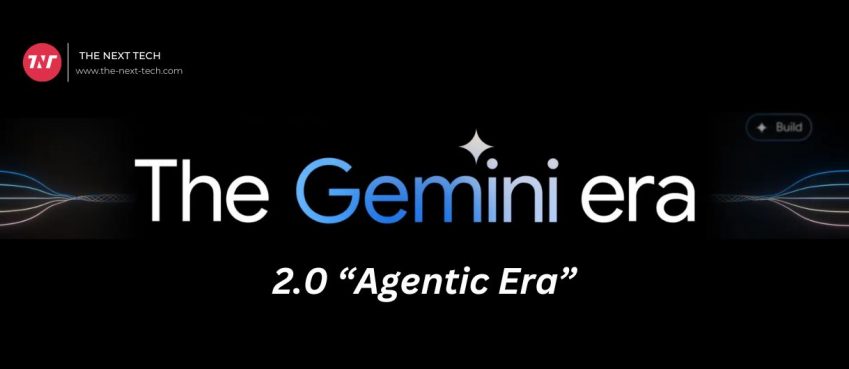
Metal fabrication simply means the creation of metal structures for use in other industries. Are there intelligent solutions possible in this sector? It turns out that yes! At least three important aspects of AI in metal fabrication are mentioned. We will be looking at all three of these important aspects in this article.
Artificial Intelligence serves two main purposes, as is often the case. To make the work more efficient and speed up the process. Intelligent solutions are based around automation when it comes to metal fabrication, which is a well-known industry. Automation is the key idea. It allows for automated manufacturing of end-products, and precise post-processing.
Automated Processes
Metalworking was largely dependent on human labor until recently. As technology advances, deadlines become more important and human labor becomes less efficient, so automated processes can save the day.
We have entered the age of smart machines not too long ago thanks to smart manufacturing. These AI-powered machines can perform almost all repetitive tasks and reduce errors and delays in manufacturing. Metalworking machines are increasingly powered by AI-based algorithms. They can:
- Cut
- Bend
- Assemble
- Forge
- Cast
- Weld
- And press fabrications without additional human assistance
It is easy to understand why. The good news is that almost all of the machines in your plant are easily interconnected with computer systems that manage their operations. This includes washers and washers as well as drills, shears, and sanders.
You just need to teach these machines how to work autonomously. This is machine learning. The process and data are the starting points. Specialized ML specialists train specific Machine Learning algorithms so they can know what task must be done and how to do it. Once the initial process is completed, the machine can begin working autonomously and requires no supervision.
More Efficient cutting Techniques in Metal Fabrication
Cutting is an essential part of metal fabrication. Effective cutting methods are about minimizing waste and maximizing the use of intelligent solutions. Intelligent solutions can improve cutting quality and detect potential problems and glitches.
The same algorithms that are used to improve work can also be used for monitoring the machine’s status. If the machine is not functioning properly, the operator can take corrective steps to get it back to normal.
Product Personalization
Another interesting aspect of Artificial Intelligence is in the metalworking sector. Digital manufacturing solutions allow you to extend computer-aided control of and automate diverse processes, allowing you to create non-standard products without having to set up a new production line.
This allows manufacturers to go from mass production to mass customization. Smart manufacturing allows you to produce physical products in smaller quantities to meet individual customer needs.
Benefits of automation in the metal fabrication industry
There are several critical advantages of this solution:
- Reduction in human labor: Machines can work autonomously and can perform many of the tasks previously performed by humans. This has significantly reduced the need for human labor. Their role is reduced to emergency management and supervision.
- You can save money by not having to hire as many workers. You can save vital financial resources by transferring them to other departments or projects within your company.
- More effective work: Let’s face it; humans will never be as effective in repetitive work as intelligent machines. Machines don’t get sick, aren’t on vacation, can work 24/7, and make almost no mistakes. Automation is key to a more productive work environment in any industrial facility.
- A safer working environment It is well-known that the metal industry is not the safest. Automation offers another benefit. You can train machines to do repetitive tasks and faster than you can manually. This allows you to also train them to handle the most dangerous tasks. Everyone wins. Your employees are safer and you get the most difficult job done.
These are just four benefits of automation in metalworking. Automating your metalworking operation will be a necessity for your company sooner or later.
Automation is not necessary. It’s important because it can be profitable in every way. We invite you to contact us if you are interested in automating your business processes. Added to is a company that helps companies around the globe implement AI-based solutions.
Machine learning in the metalworking industry
This area of metalworking has been partially discussed. It’s actually machine learning that allows for full automation of industrial work. Machines must be trained to perform a particular job. You need lots of data about the process you want to automate, the product that your machines will work on, and the expected result. Machine learning can help you execute this training. However, ML’s role does not end there.
Machine learning, as you may have read in our previous blog posts, is about automating work overtime. Machines are expected to perform the job. They are expected to get better with each passing day. Machine learning allows the metal industry to develop new products and solutions without having to rework them manually.
Your ML-based algorithms become more efficient and less reliant on manual adjustments. The machine becomes more efficient the more it is used consistently. The machine can also work faster on metal products, and rework critical or unwanted components.
Machine learning improves both the quality of your metalworking processes as well as your end products.
Augmented reality and digital twins in the metal fabrication industry
Let’s now move to AR. We’ve discussed this technology in our article about CV applications in e-commerce. AR’s purpose is to assist customers in identifying products before they place an order. Augmented reality is used in planning, testing, and improving existing metal products.
Augmented reality allows manufacturers to see all aspects of the product, and identify areas that require improvement. Digital twins play a similar role. This technology allows you to make exact digital copies of any tool or machine that you need.
Let’s suppose your company produces indexable cutting tools. Every product must be tested before it is released to the public. A comprehensive database should be kept of all information about your products, including their dimensions, temperature, and pressure capacities.
You can use this data to create an AR or digital twin that allows you to reproduce the product in a digitalized format. You can thus conduct all testing and simulations using the digital twin or AR software without having to use the product in its actual form.
This way, thanks to AR and digital twins, you make adjustments and tests much quicker, more effectively, and, in the long run, cheaper, too!
Build A safe Working Environment With Digital
You can use digital twins to increase safety in your workplace. How is this possible? Manufacturing companies use expensive and complicated tools. If not used correctly, some of these tools can be dangerous. It is important that everyone who works in the facility can safely navigate it without putting themselves at risk.
Digital twins are a great tool. Digital twins can be used to help new employees become familiar with the machines. This is the best way to train new employees before them actually starting work.
Lastly, artificial intelligence in metalworking is here to stay.
Intelligent solutions will make your manufacturing company more efficient, profitable, safer, and smarter.
This will allow you to save money, time, and resources. AI-based solutions are coming soon to every manufacturing plant. This can also be a game-changer in your company’s favor.
Top 10 News
-
01
10 Exciting iPhone 16 Features You Can Try Right Now
Tuesday November 19, 2024
-
02
10 Best Anatomy Apps For Physiologist Beginners
Tuesday November 12, 2024
-
03
Top 10 Websites And Apps Like Thumbtack
Tuesday November 5, 2024
-
04
Top 10 Sites Like Omegle That Offer Random Video Chat
Monday October 21, 2024
-
05
Entrepreneurial Ideas To Make 5K In A Month (10 Realistic Wa...
Monday October 7, 2024
-
06
[10 Best] Cash Advance Apps Like Moneylion And Dave (No Cred...
Friday September 20, 2024
-
07
Top 10 Richest Person In The World
Tuesday August 27, 2024
-
08
Top 10 Unicorn Startups In The World (2024-25)
Monday August 26, 2024
-
09
Top 10 IT Companies In The World By Market Cap
Thursday August 22, 2024
-
10
[10 New] Best OnionPlay Alternatives To Stream TV Shows And ...
Tuesday June 11, 2024







